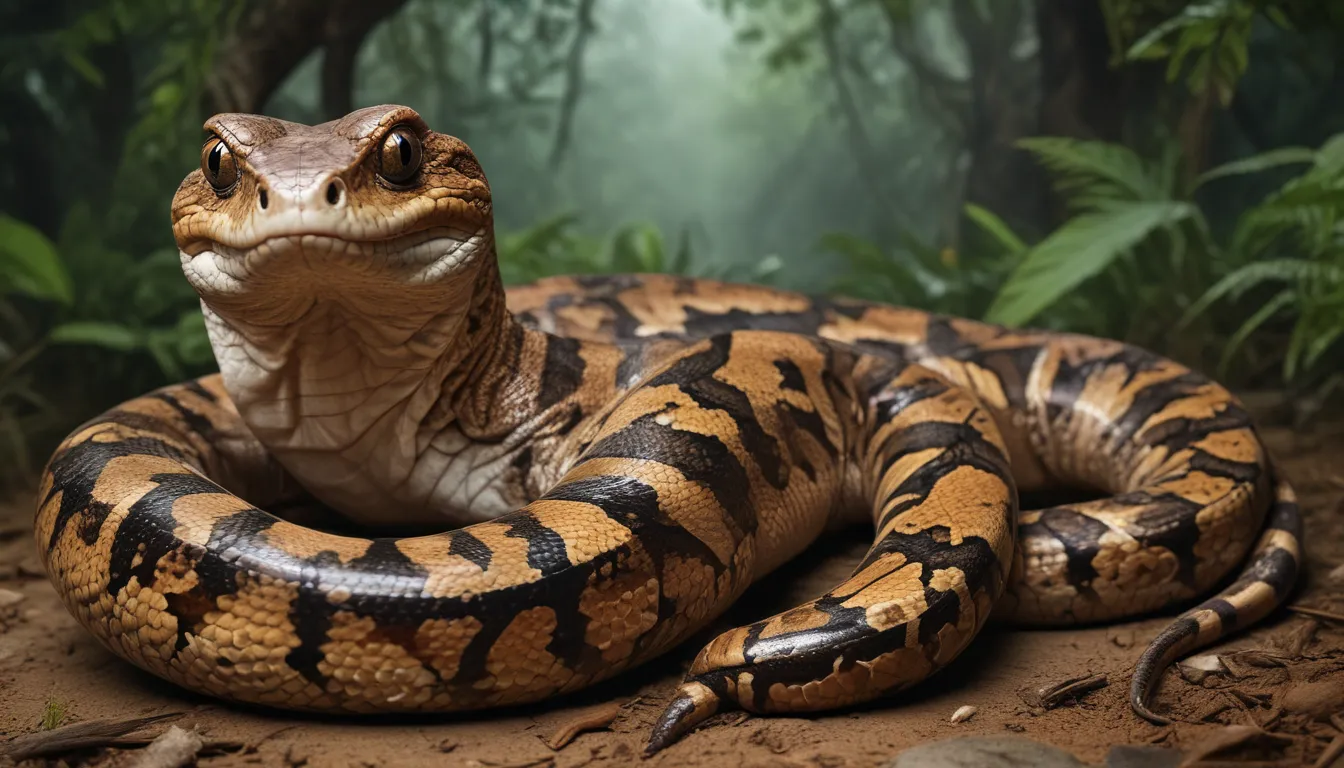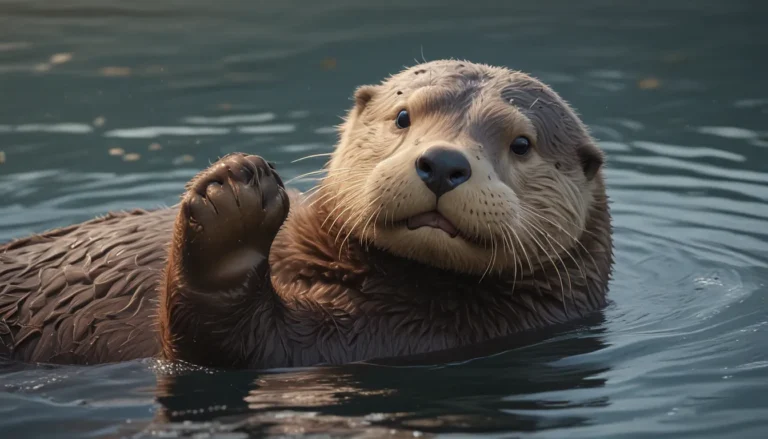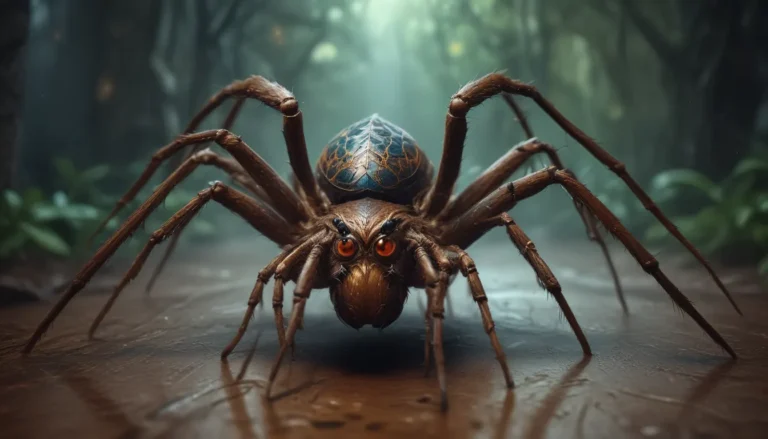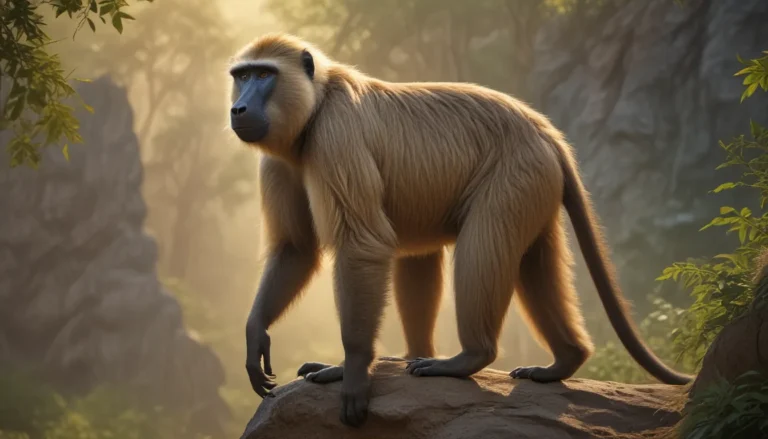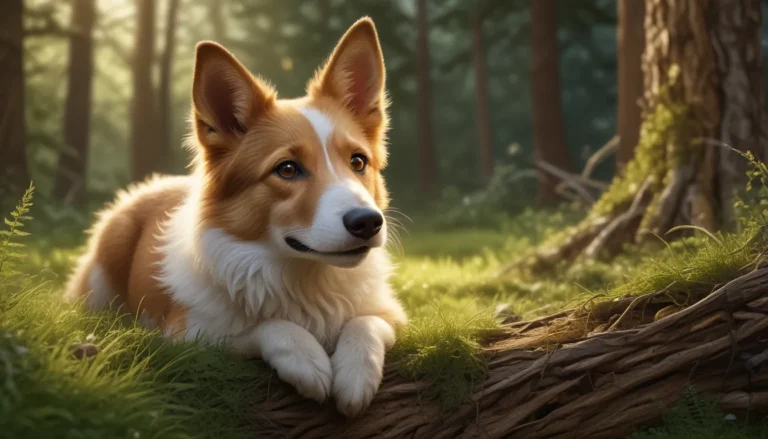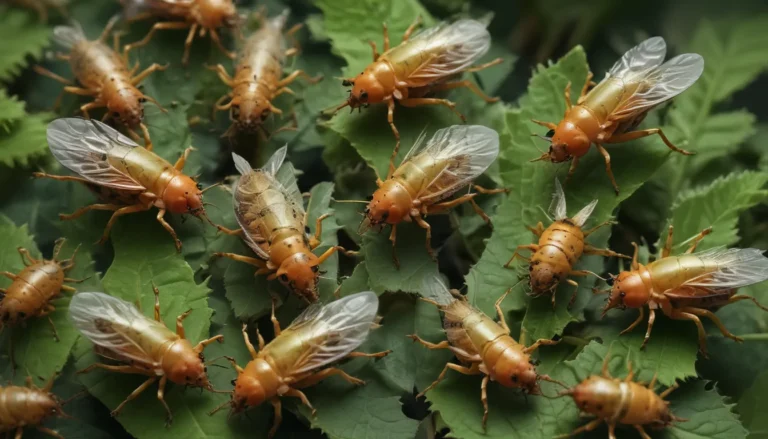The pictures we use in our articles might not show exactly what the words say. We choose these pictures to make you interested in reading more. The pictures work together with the words but don’t take their place. The words still tell you the important facts.
Boa constrictors, with their awe-inspiring strength and unique characteristics, have long fascinated animal enthusiasts worldwide. These magnificent creatures, known for their ability to constrict prey, are native to the tropical regions of Central and South America. In this article, we will explore 14 intriguing facts about boa constrictors, shedding light on their enigmatic nature and captivating allure.
Key Takeaways:
- Boa constrictors are large, non-venomous snakes native to the Americas, with a unique hunting technique and impressive adaptability to different environments.
- These serpents play a vital role in the ecosystem as apex predators, regulating prey populations and maintaining ecological balance.
- Despite their size, boa constrictors have a gentle nature and are popular in the pet trade, requiring proper care and knowledge for their well-being.
The Fascinating World of Boa Constrictors
Boa constrictors, large non-venomous snakes, are renowned for their remarkable size, reaching lengths of up to 10 feet and weighing over 50 pounds. Despite their intimidating appearance, these snakes rely on constriction rather than venom to subdue their prey, showcasing their incredible strength and hunting prowess.
Native to the Americas
Boa constrictors can be found across various regions in the Americas, including South and Central America and some Caribbean islands. Their adaptability allows them to thrive in diverse environments, from tropical rainforests to arid deserts, showcasing their resilience and versatility.
Unique Hunting Technique
These serpents are ambush predators, waiting patiently for their prey before striking swiftly. With their flexible jaws and muscular bodies, boa constrictors can engulf and digest animals much larger than their own head, highlighting their efficient and effective hunting strategy.
Impressive Lifespan and Adaptability
Boa constrictors boast a relatively long lifespan, with captive individuals living up to 30 years. Their adaptability to different habitats, ranging from tropical rainforests to arid regions, contributes to their success as a species, showcasing their resilience and ability to thrive in diverse environments.
Constrictor Snakes with Powerful Grip
As their name suggests, boa constrictors are experts in constriction, coiling themselves around their prey and tightening their grip with each breath until the prey suffocates. This unique hunting technique sets them apart and demonstrates their powerful capabilities in capturing and subduing prey.
Diverse Diet and Heat-Sensing Abilities
Boa constrictors are opportunistic feeders, consuming a variety of small to medium-sized mammals, birds, and reptiles. Their heat-sensing organs, known as "pit organs," enable them to detect and locate warm-blooded prey, even in complete darkness, showcasing their exceptional hunting skills and adaptability.
Ovoviviparous Reproduction and Color Variation
Boa constrictors are ovoviviparous, giving birth to live young instead of laying eggs. The remarkable color variation among these snakes, ranging from vibrant patterns to solid colors, aids in their camouflage and adaptation to different environments, showcasing their diversity and unique characteristics.
Swimmers with Ecological Importance
Despite their size, boa constrictors are proficient swimmers, navigating through water with ease using their muscular bodies and specialized scales. As apex predators, they play a crucial role in the ecosystem by regulating prey populations and maintaining a balanced environment, underscoring their importance in the food chain.
Popular in the Pet Trade with Gentle Nature
Due to their impressive size and exotic appearance, boa constrictors are sought after as pets. However, proper care and knowledge are essential for their well-being, as they require specialized care and handling. Contrary to misconceptions, these snakes have a gentle nature and can become accustomed to human interaction with proper socialization and care.
Conclusion
Boa constrictors, with their enigmatic nature and captivating allure, continue to intrigue researchers and wildlife enthusiasts alike. From their impressive size and unique hunting tactics to their remarkable adaptations and ecological significance, these snakes exemplify the fascinating diversity found in the natural world. Whether observed from a distance or interacted with up close, boa constrictors leave a lasting impression, captivating all who encounter them.
FAQs
-
How big can boa constrictors grow?
Boa constrictors can grow up to 13 feet in length, with some individuals reaching lengths exceeding 18 feet. -
Are boa constrictors venomous?
No, boa constrictors are not venomous; they rely on constriction to overpower their prey. -
What do boa constrictors eat?
Boa constrictors feed on a variety of small to medium-sized mammals, birds, and reptiles, including rats, birds, lizards, and occasionally larger prey like monkeys or wild pigs. -
How do boa constrictors hunt?
Boa constrictors are ambush predators, patiently waiting for prey to come within striking distance before constricting and subduing them. -
Where do boa constrictors live?
Boa constrictors inhabit a range of habitats, including forests, grasslands, swamps, and cultivated areas, primarily in Central and South America. -
Are boa constrictors dangerous to humans?
While boa constrictors pose minimal threat to humans, larger individuals can deliver painful bites, and their powerful constriction can be dangerous if mishandled. -
How long do boa constrictors live?
In the wild, boa constrictors have an average lifespan of 20 to 30 years, with some individuals living over 40 years in captivity. -
Do boa constrictors make good pets?
Boa constrictors require specialized care and handling, making them unsuitable for inexperienced snake owners. Adequate knowledge and a large enclosure are essential for their well-being. -
Can boa constrictors be kept together?
It is not recommended to keep multiple boa constrictors together, as they are solitary animals and may exhibit aggression towards each other. -
Are boa constrictors endangered?
Boa constrictors are not currently considered endangered; however, habitat loss and illegal pet trade pose threats to their populations in certain regions.
Satisfy your curiosity and deepen your appreciation for the captivating world of boa constrictors by exploring their diverse behaviors and remarkable adaptations. Dive into the rich tapestry of snake kingdom mysteries and uncover the fascinating secrets of these enigmatic serpents.
